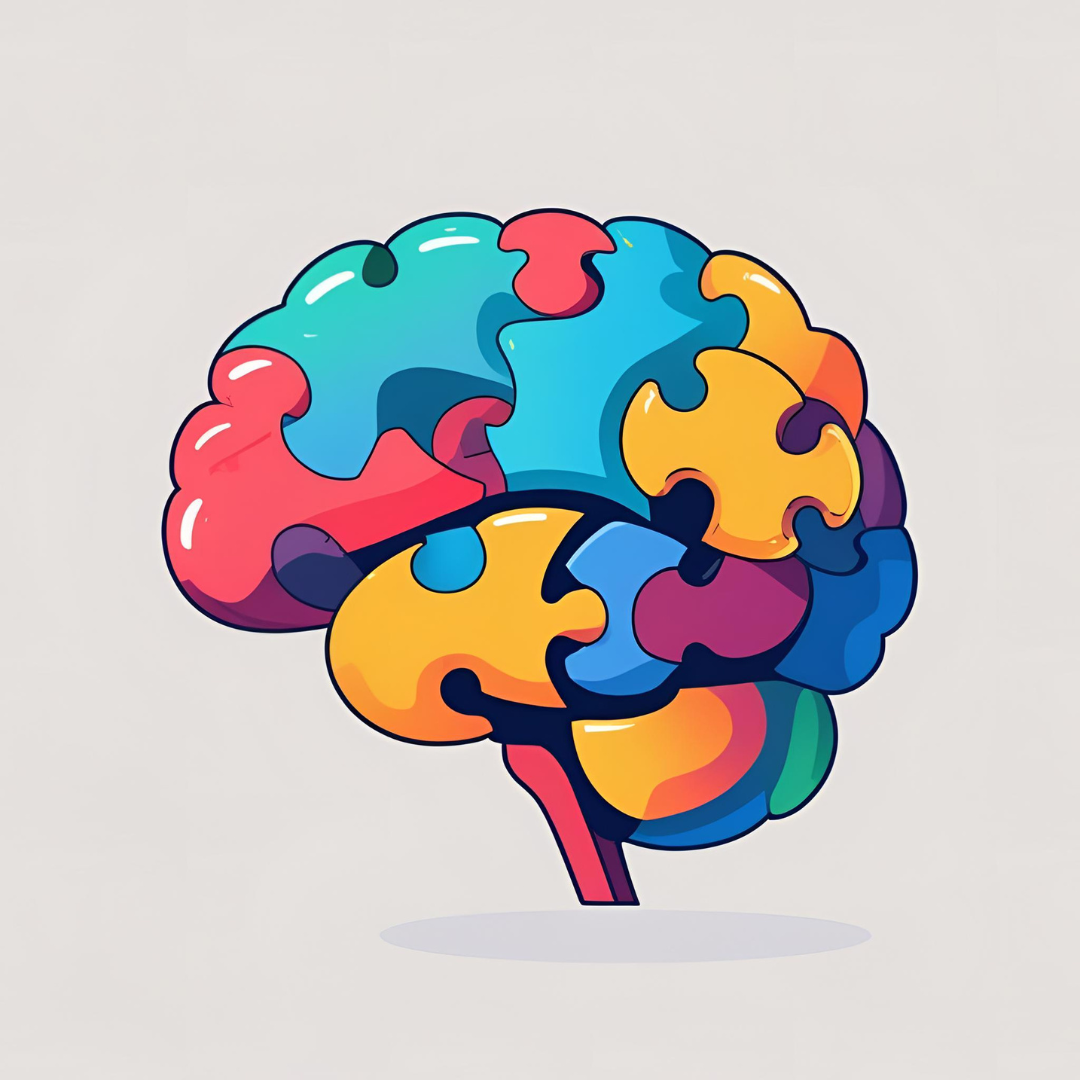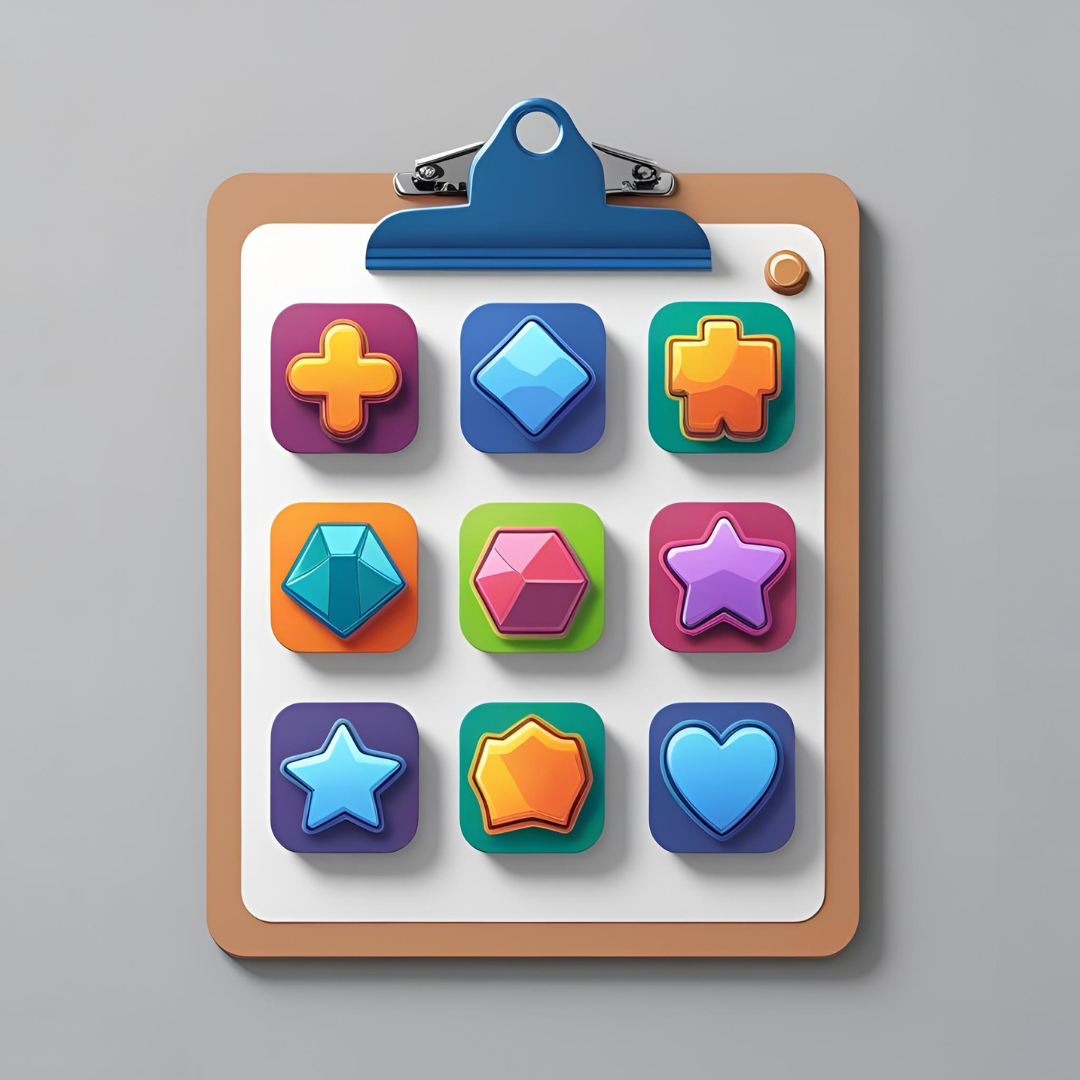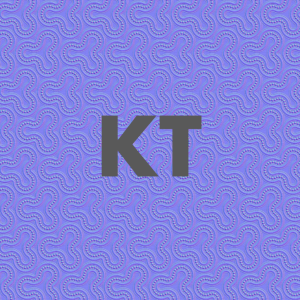Key Features




Users
M-USE tasks incorporate touchscreens, eye-trackers, and other experimental hardware with participants including human and non-human primates (rhesus monkeys). See Papers
Tasks Assess Prefrontal Cortex Cognitive Domains
The M-USE suite includes a number of pre-built tasks that assess cognitive domains that are supported by separable prefrontal cortical subfields as well as covering five constructs of the NIMH Research Domain Criteria (RDoC).
This figure illustrates the relationship of the prefrontal cortex subfields (left), the primary cognitive domains they support given strong evidence from 40 years of lesion studies in primates (Passingham, 2021) (middle) and the tasks implemented in M-USE (right). The relationship is shown for the prefrontal cortex of rhesus monkeys (left) but should hold also for the human prefrontal cortex.

Multi-Task Selection
Run Multiple Tasks Per Session
M-USE organizes tasks within a session so that multiple tasks can be chosen and run in an order that can be free or predetermined.
Demo – Continuous Recognition Task
Task Measures Self-Ordered Working Memory Updating
Updating and maintaining content in working memory (WM) is one of the most generic executive control functions that influences how well other tasks can be performed. The Continuous Recognition task evaluates working memory updating by assessing participants’ recognition of novel objects.
Each trial, novel objects are shown together with previously chosen and previously unchosen objects, and the participant must select an object they haven’t chosen in a previous trial. This requires the continuous recognition of yet unchosen objects (WM Monitoring) and the updating of WM content with the newly chosen object (WM Updating).
See the full task at ContinuousRecognition
Experimenter Display
M-USE User Interface Tracks Performance
In addition to the Participant Display (shown in the CR demo above), M-USE includes an Experimenter Display, which provides insight into and control over the session. Here, experimenters can view live data and a mirrored participant camera feed, and can change task variables on the fly.

Quaddle 2.0 Library
Multidimensional 3D Stimuli for Cognitive Research
M-USE allows using the same type of objects in multiple tasks to facilitate performance. The common object type is a multidimensional, 3D-rendered object called a Quaddle. Quaddles can vary in more than 10 different feature dimensions (body shapes, arm shapes and tilt, colors, patterns, etc.), and each feature can be expressed in multiple ways (different colors, different shapes, etc.).
See Quaddles
Context Generation
AI Generated Images for Task Backgrounds
M-USE created and incorporates a library of thousands of unique context images for our tasks’ backgrounds, systematically generated using the Dalle2 AI System.
See Contexts







































